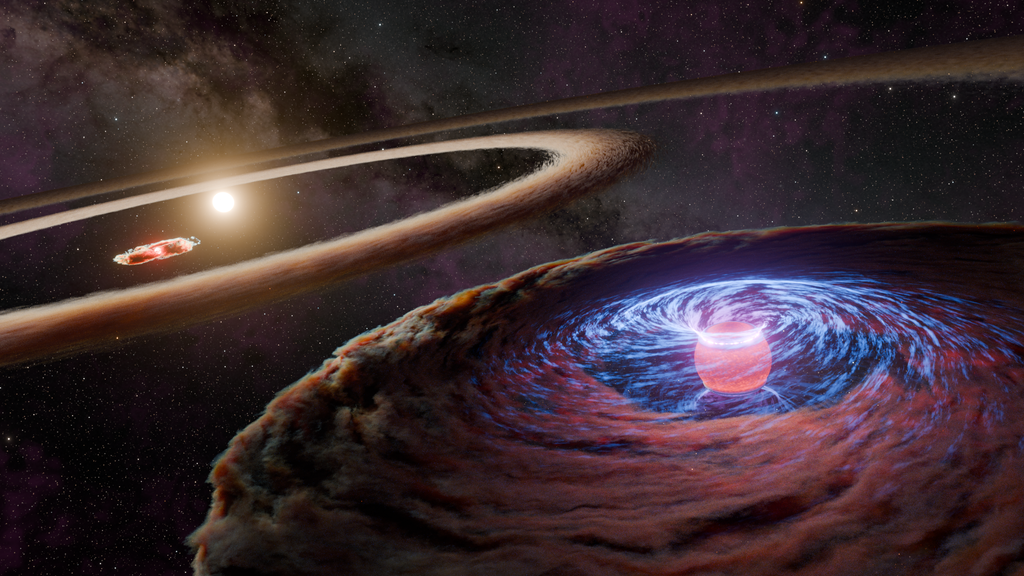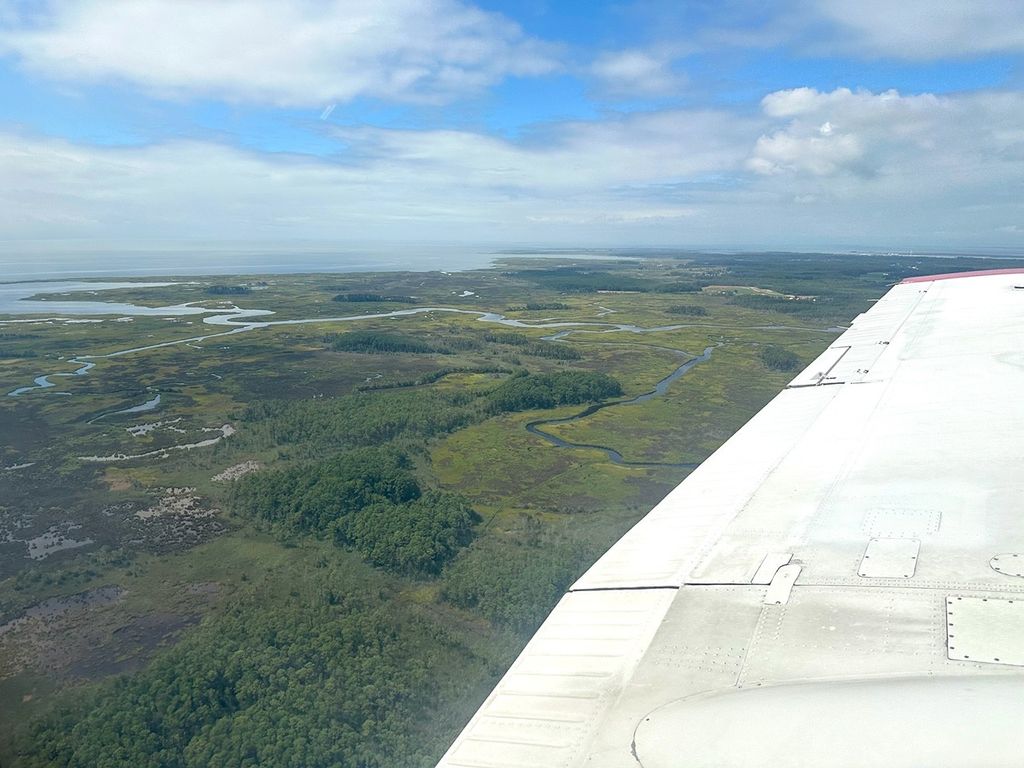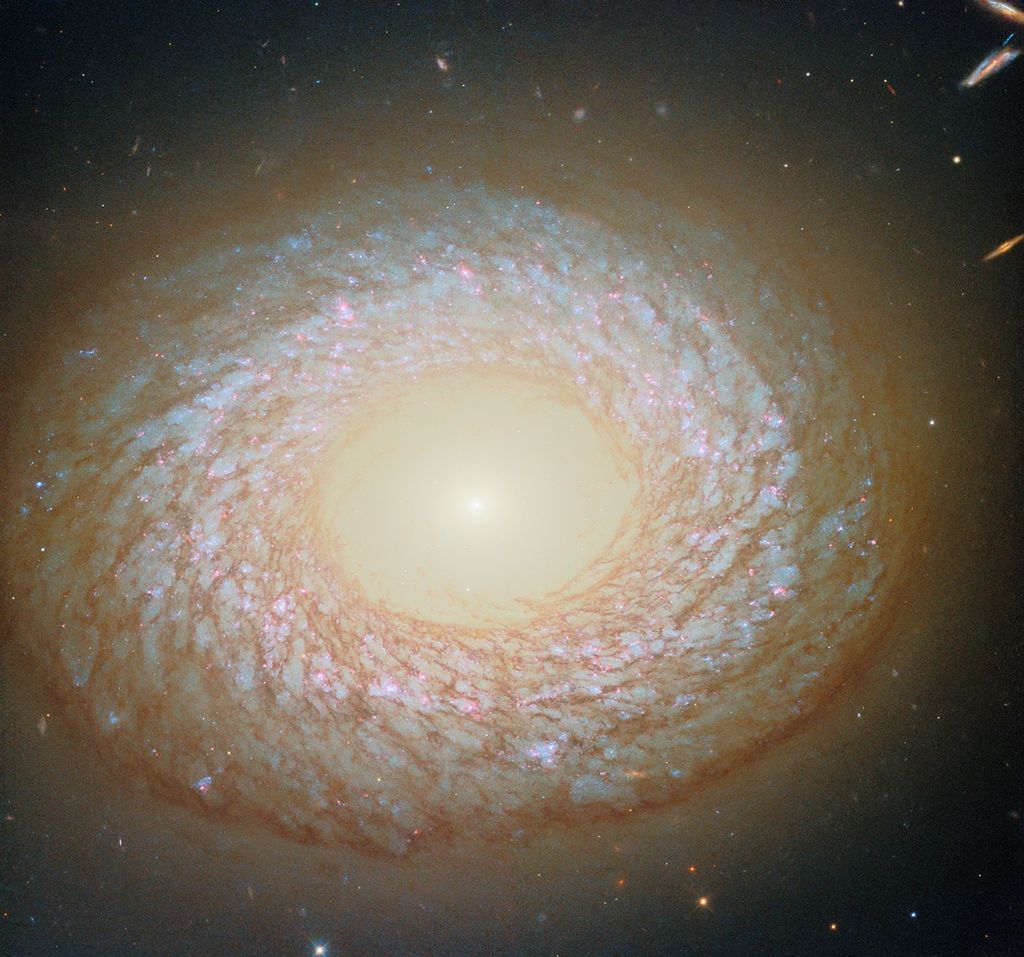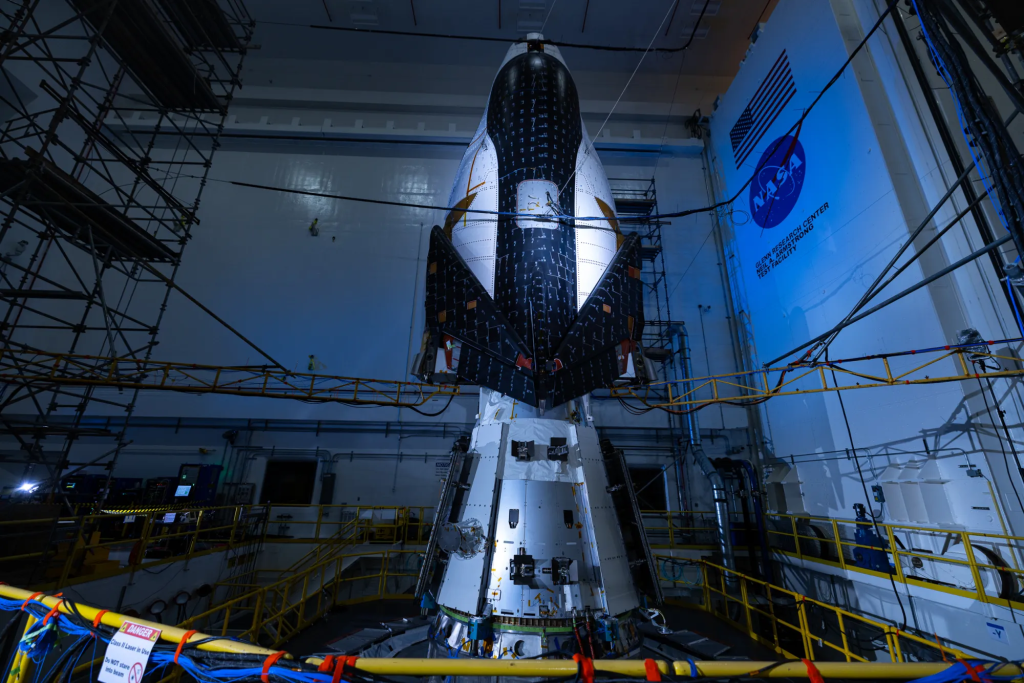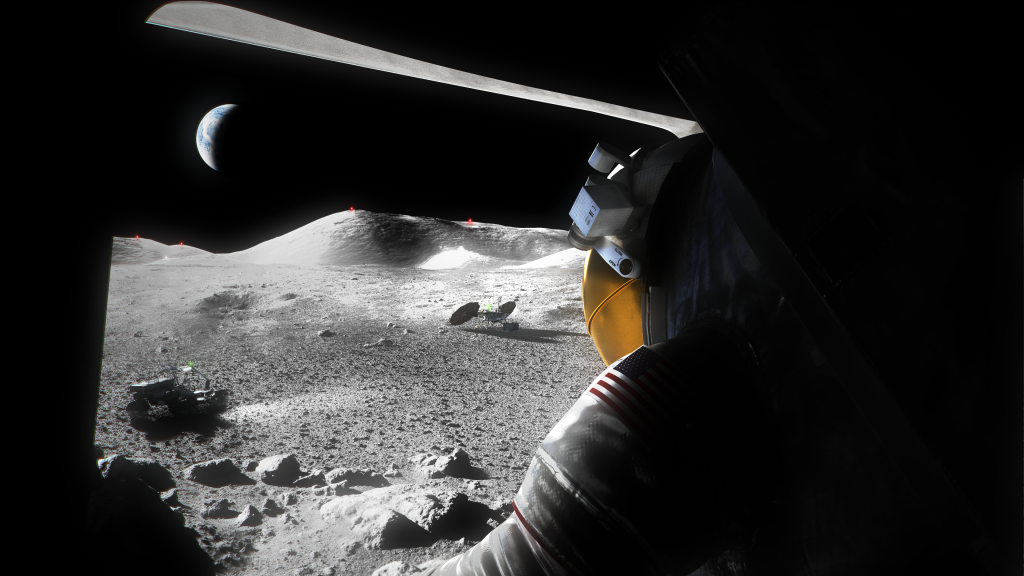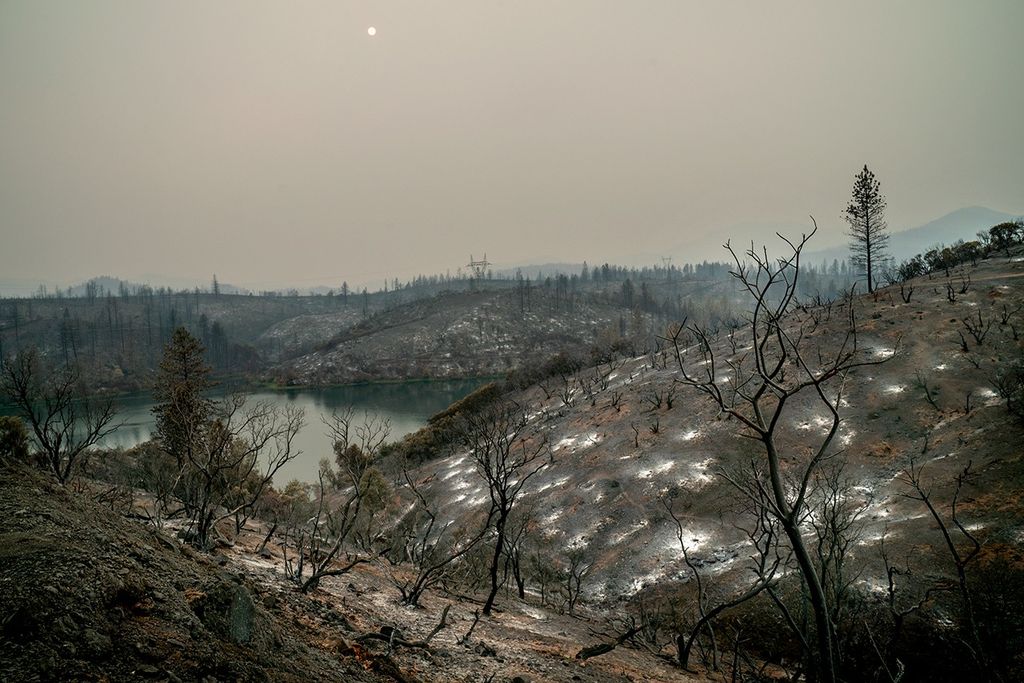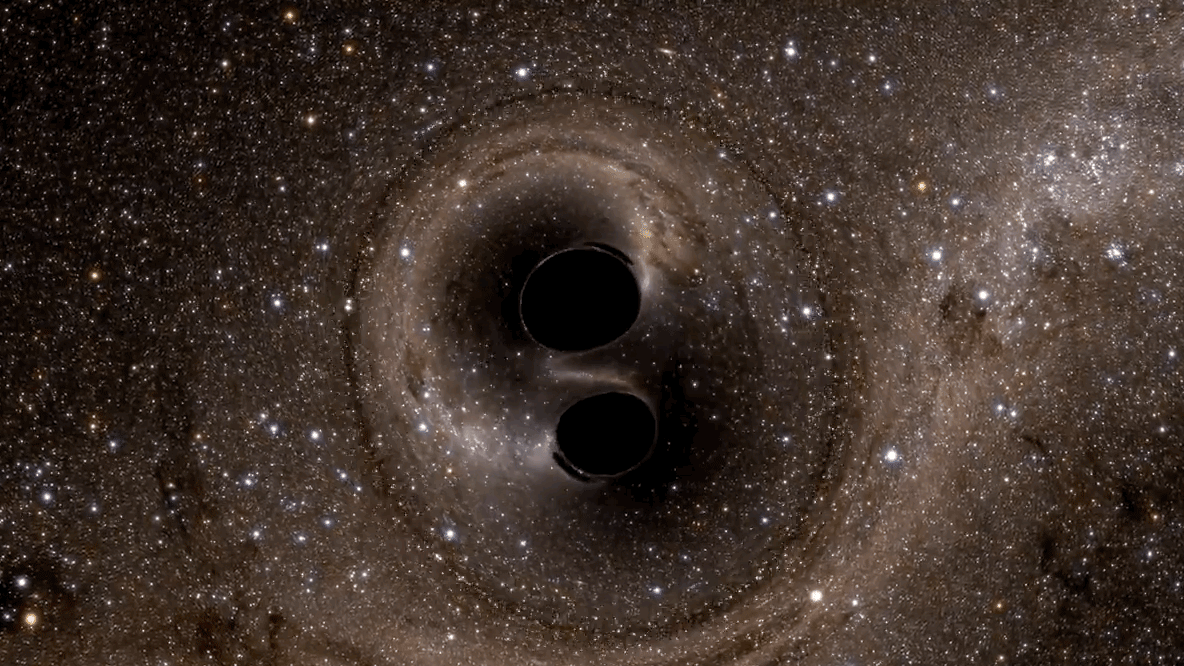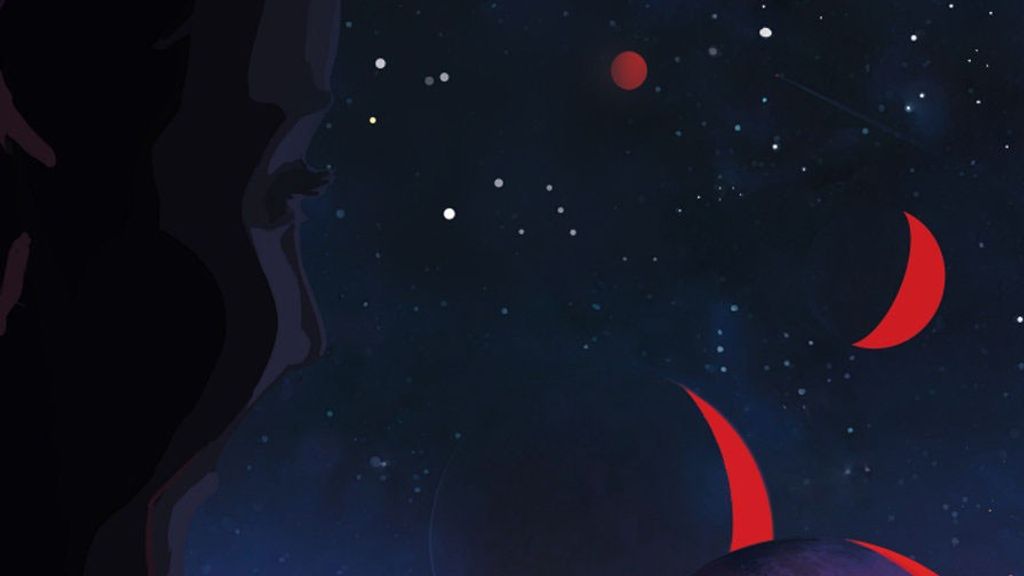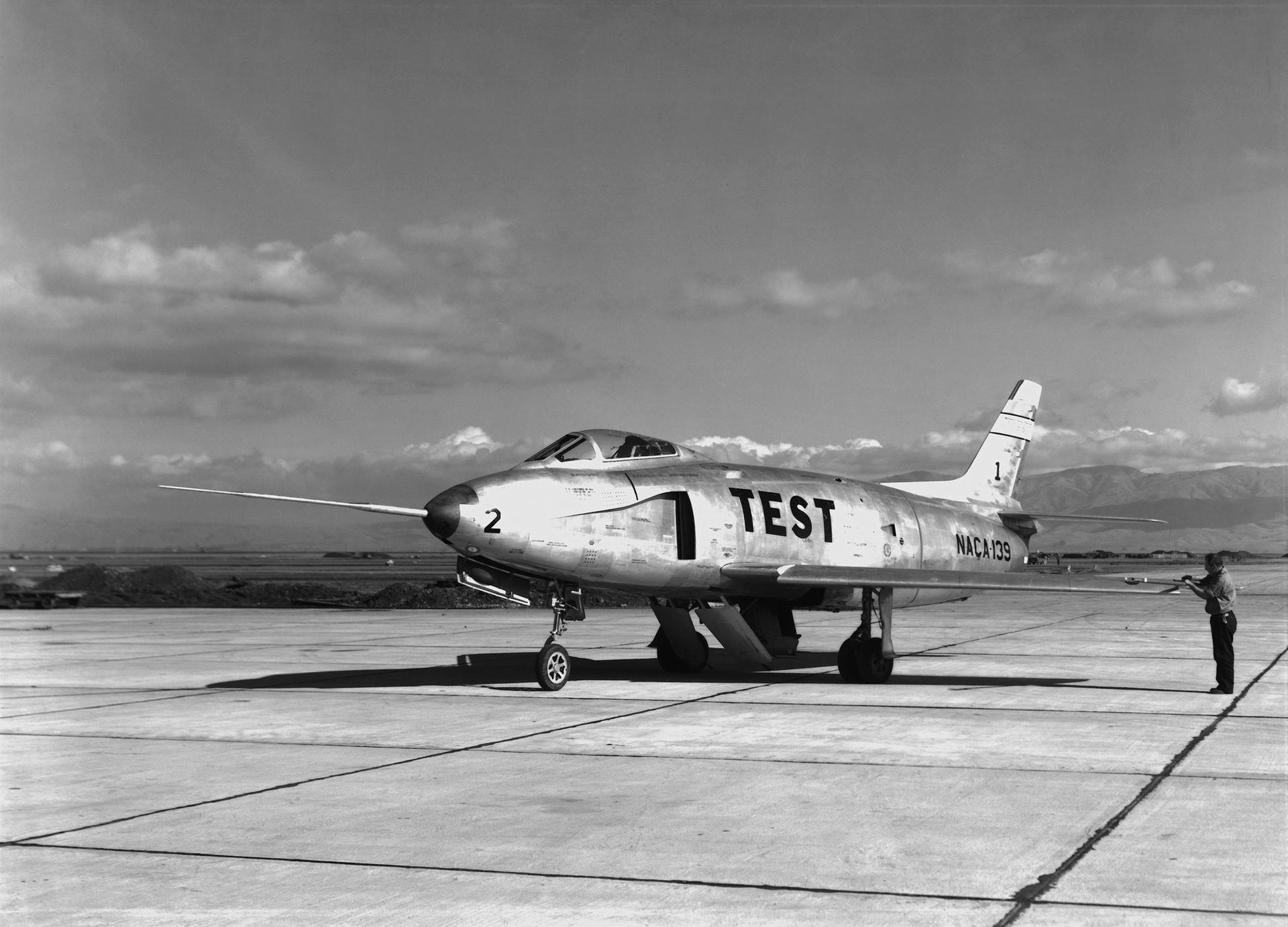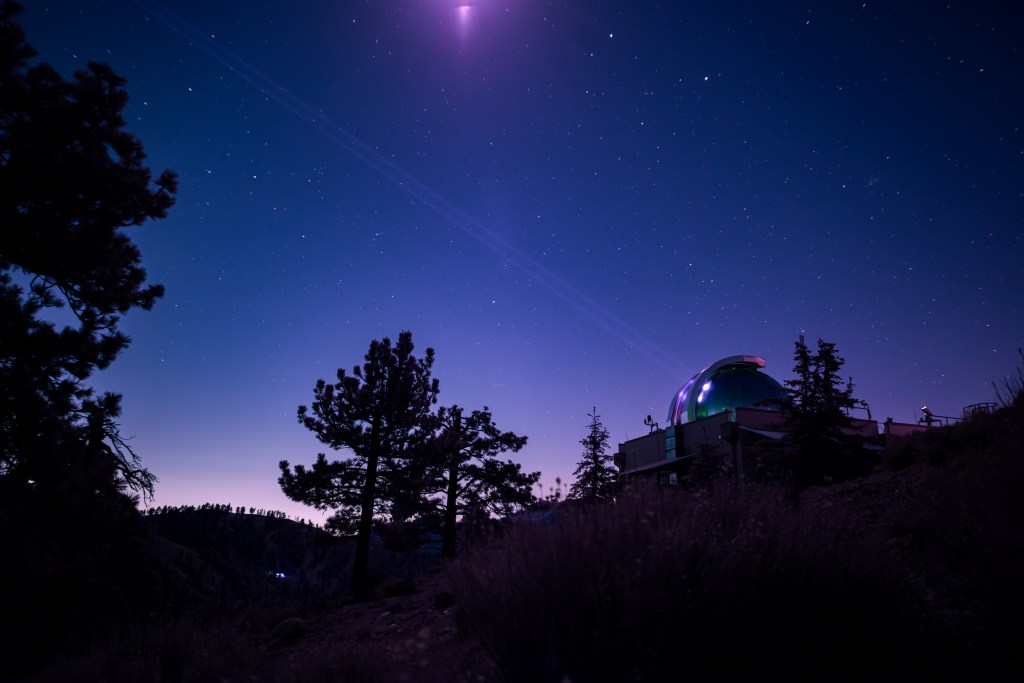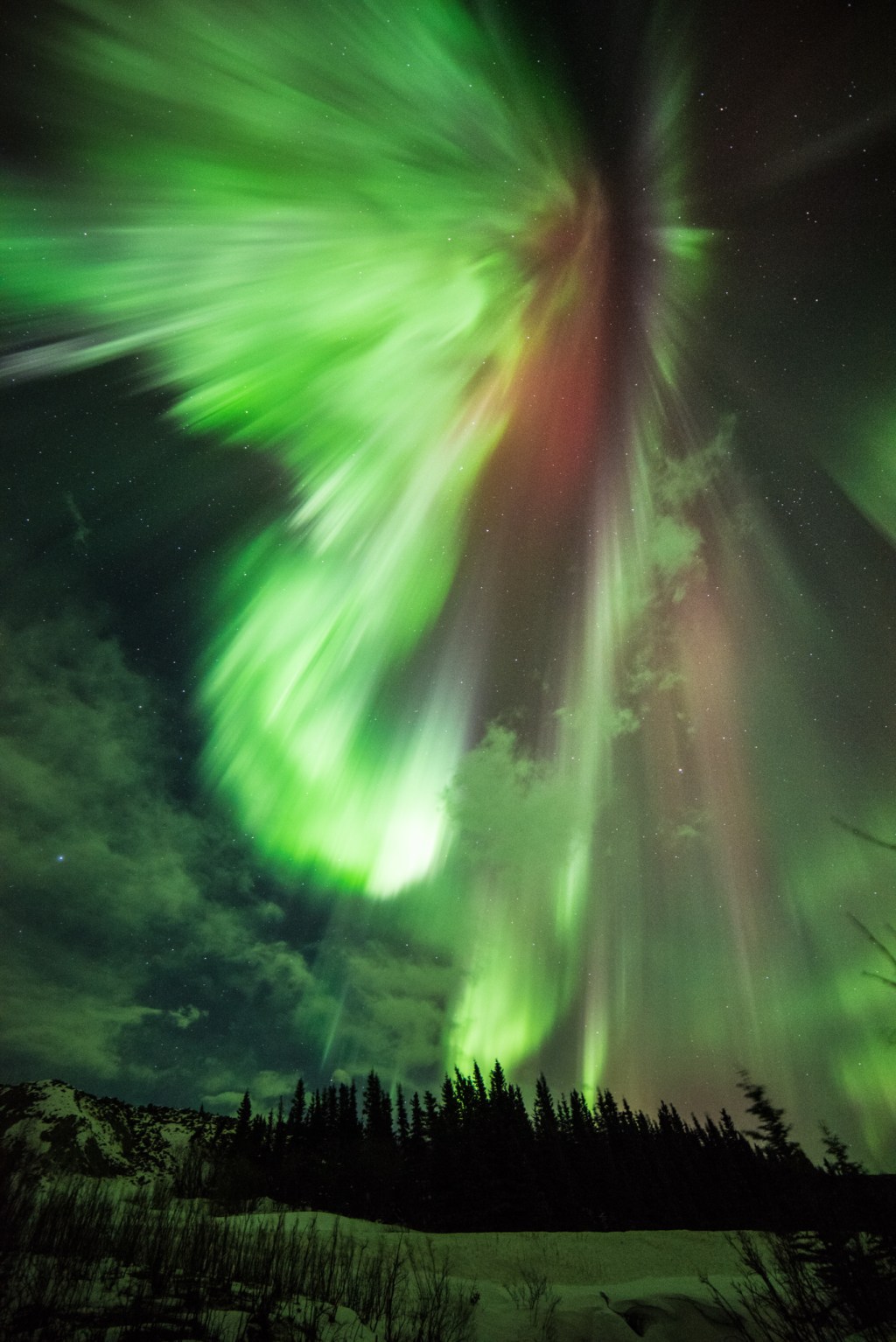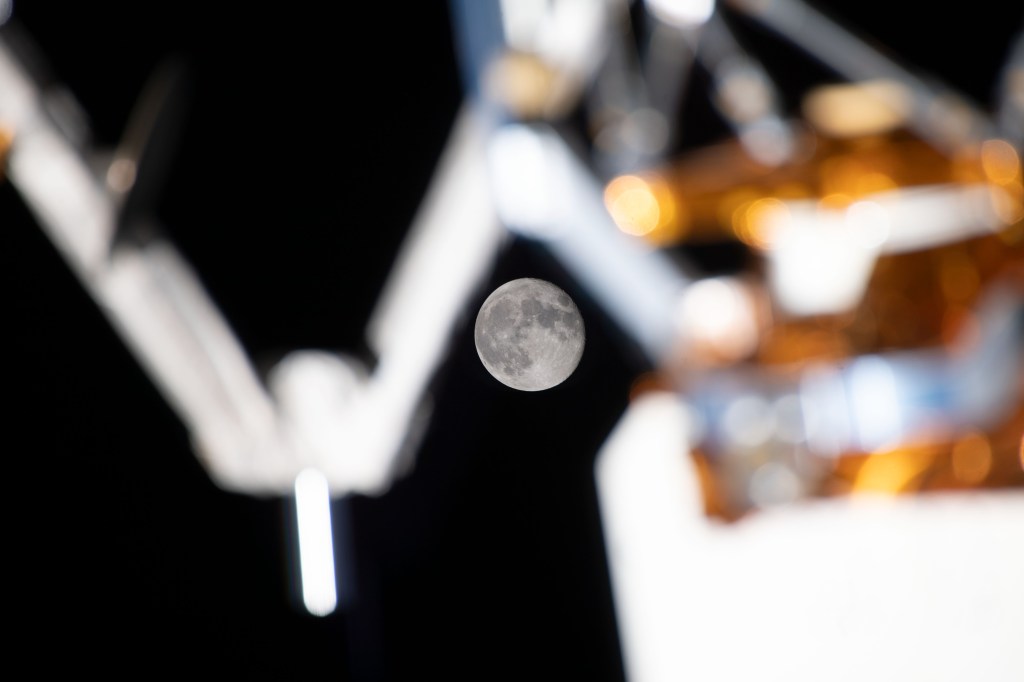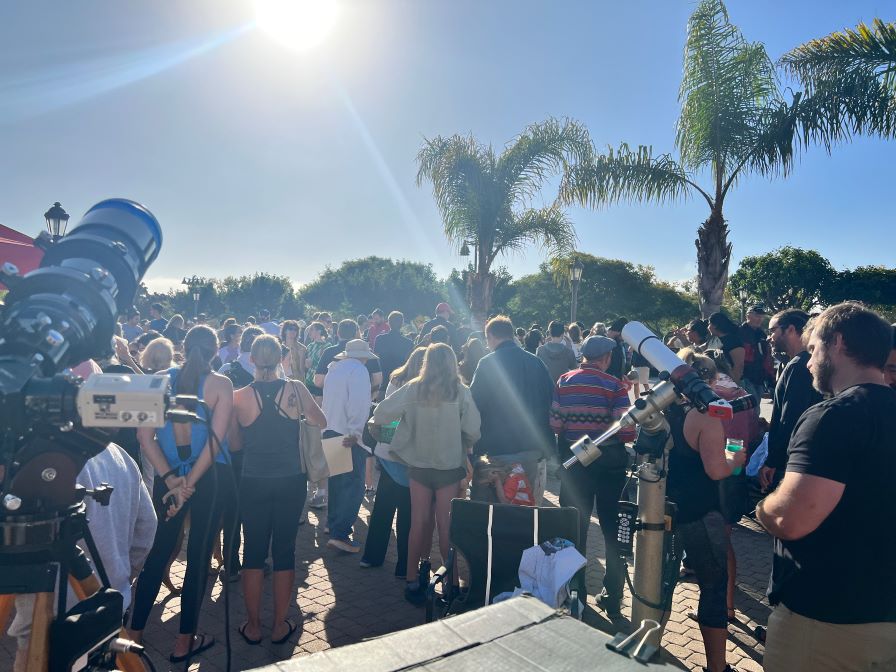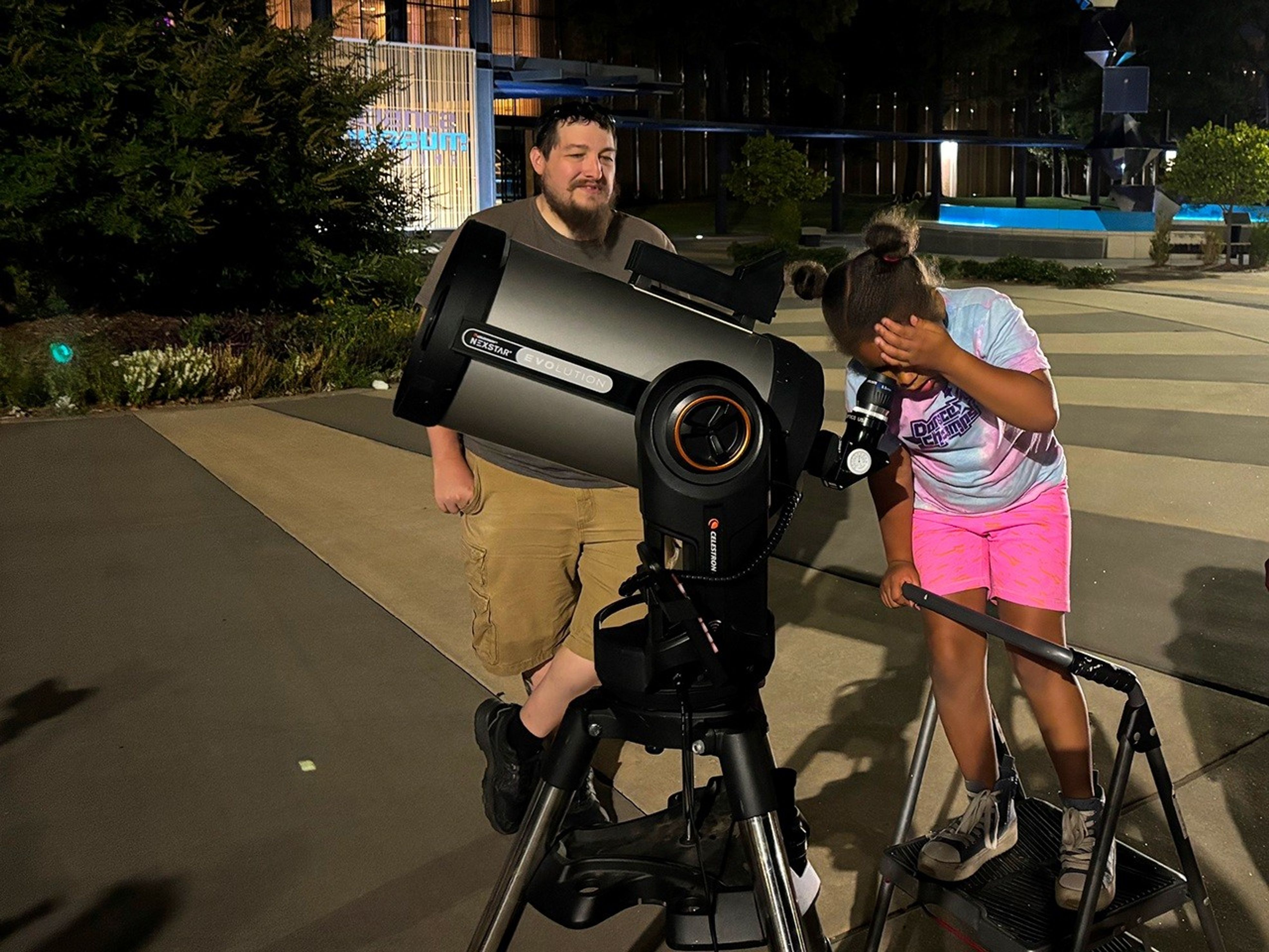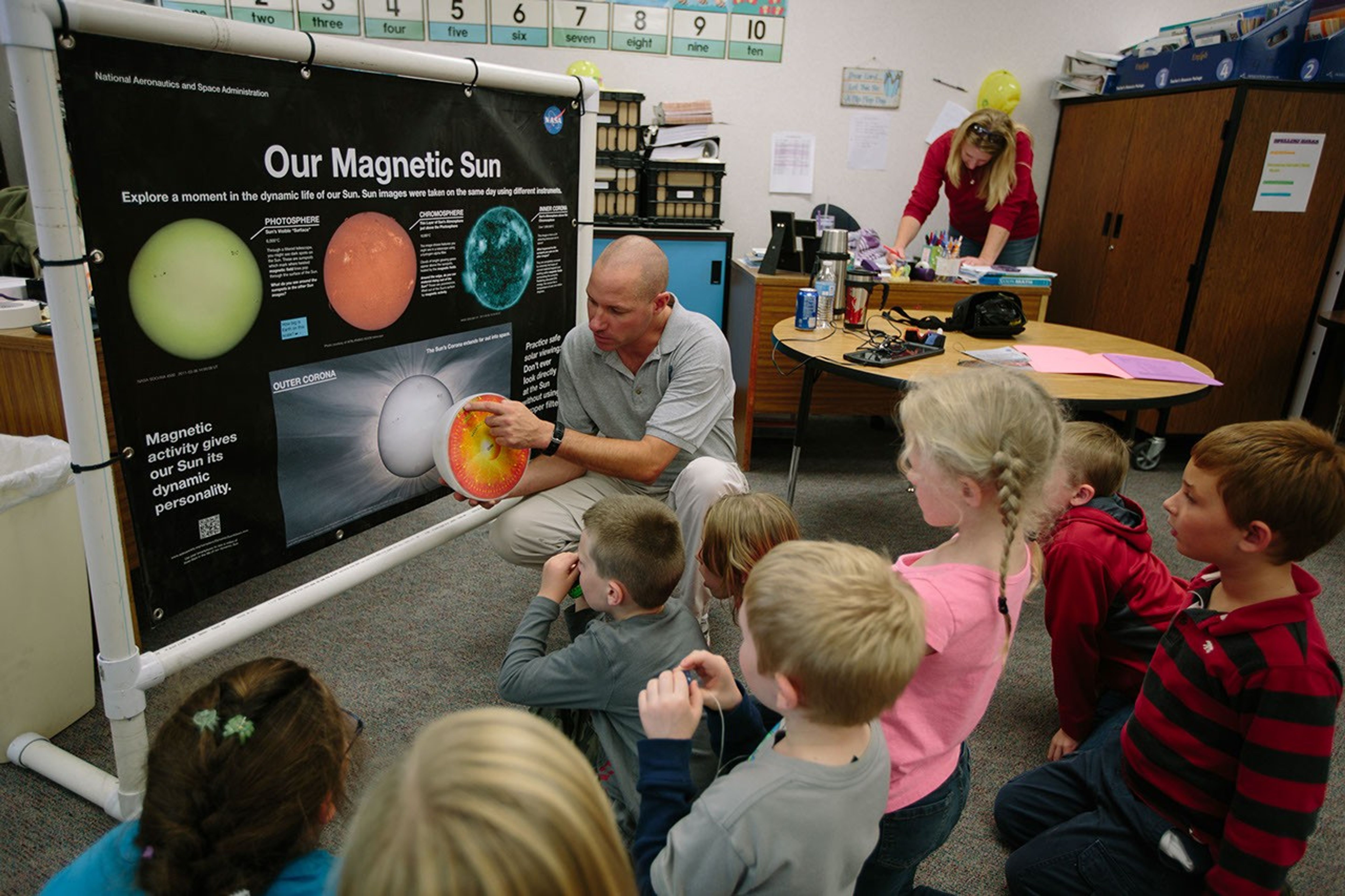by Vivan White & Kat Troche of the Astronomical Society of the Pacific
NASA’s Night Sky Network is one of the most successful and longstanding grassroots initiatives for public engagement in astronomy education. Started in 2004 with the PlanetQuest program out of the Jet Propulsion Laboratory and currently supported by NASA’s Science Activation, the Night Sky Network (NSN) is critical in fostering science literacy through astronomy. By connecting NASA science and missions to support amateur astronomy clubs, NSN leverages the expertise and enthusiasm of club members, who bring this knowledge to schools, museums, observatories, and other organizations, bridging the gap between NASA science and the public. Now in its 20th year, NSN supports over 400 astronomy clubs dedicated to bringing the wonder of the night sky to their communities across the U.S. and connecting with 7.4 million people across the United States and its territories since its inception.
Humble Beginnings
It all started with an idea – astronomy clubs already do significant outreach, and club members know a lot about astronomy (shown definitively by founder Marni Berendsen’s research), and they love to talk with the public. How could NASA support these astronomy clubs in sharing current research and ideas through informal activities designed for use in the places where amateur astronomers conduct outreach? Thanks to funding through NASA JPL’s PlanetQuest public engagement program, the Night Sky Network was born in 2004, with more than 100 clubs joining in the first year.
As quoted from the first NSN news article, "NASA is very excited to be working closely with the amateur astronomy community," said Michael Greene, current Director of Communications and Education and former head of public engagement for JPL's Navigator Program and PlanetQuest initiatives. "Amateurs want more people to look at the sky and understand astronomy, and so do we. Connecting what we do with our missions to the sense of wonder that comes when you look up at the stars and the planets is one of our long-term objectives. We have a strong commitment to inspiring the next generation of explorers. Lending support to the energy that the amateur astronomy community brings to students and the public will allow NASA to reach many more people."
Taking off like a rocket, Night Sky Network had over 100 clubs registered on their website within the first year.
The Toolkits
Outreach Toolkits were developed to assist clubs with their endeavors. These kits include educational materials, hands-on activities, and guides for explaining topics in an accessible way. So far, 13 toolkits have been created on topics ranging from the scale of the universe to how telescopes work. To qualify for these free Toolkits, clubs must be active in their communities, hosting two outreach events every three months or five outreach events within a calendar year. Supplemental toolkits were also created based on special events like the solar eclipses and the 50th anniversary of Apollo’s Moon landing. A new toolkit is being developed to teach audiences about solar science, and NSN is on track to support clubs well into the future.
NSN also hosts archived video trainings on these toolkits and other topics via its YouTube channel and a monthly webinar series with scientists from various institutions worldwide. Lastly, a monthly segment called Night Sky Notes is produced for clubs to share with their audiences via newsletters and mailing lists.
Sharing the Universe
In 2007, a National Science Foundation grant funded further research into astronomy club needs. From that came three club resources: the Growing Your Astronomy Club and Getting Started with Outreach video series, an updated website with a national calendar, and club and event coordination. Now, you can find hundreds of monthly events nationwide, including virtual events you can join from anywhere.
Night Sky Network: Current and Future
As of November 2024, NSN has over 400 clubs as far north as Washington State, west as Hawaii, and south as far as Puerto Rico. Astronomy clubs worldwide share the wonder of the day and night sky with their communities, and the Night Sky Network is happy to support US clubs with public engagement tools. Through their outreach efforts, member clubs have reached more than 7 million people to date, and the community is still going strong. Find an upcoming star party near you on our new public website.

